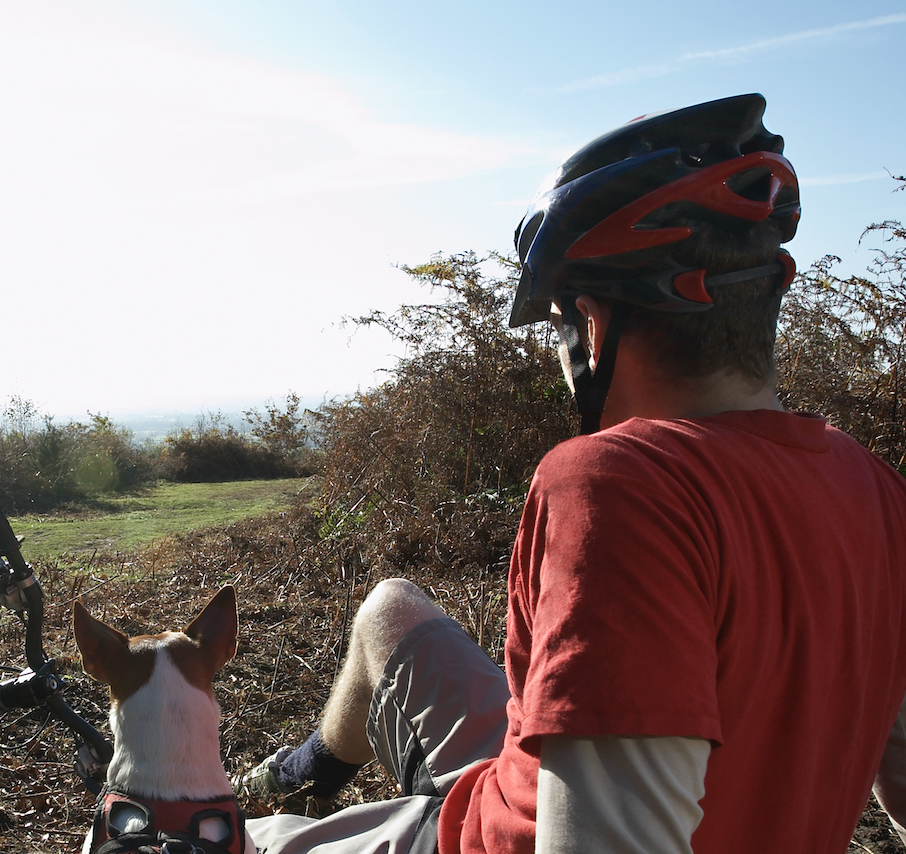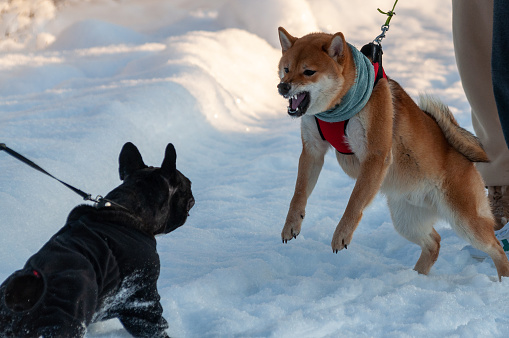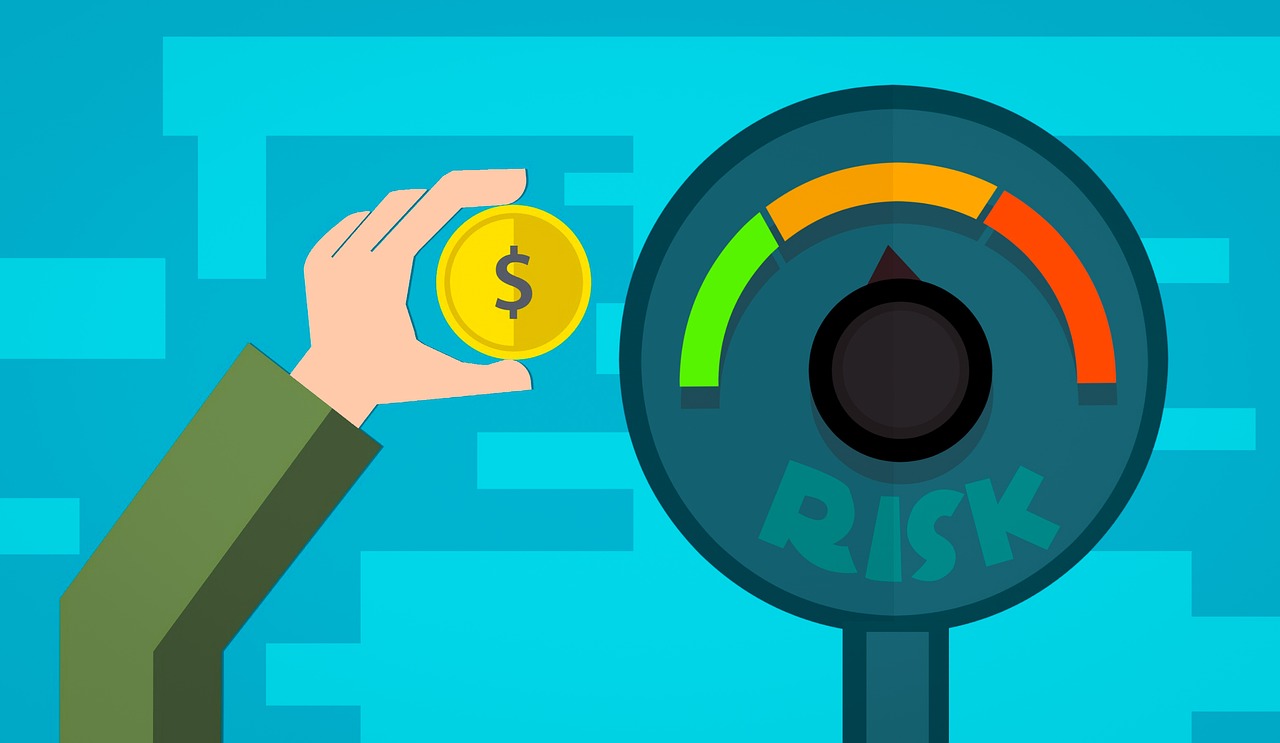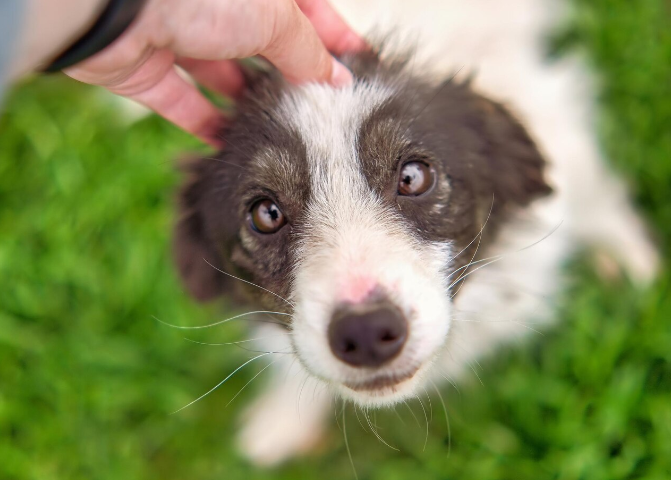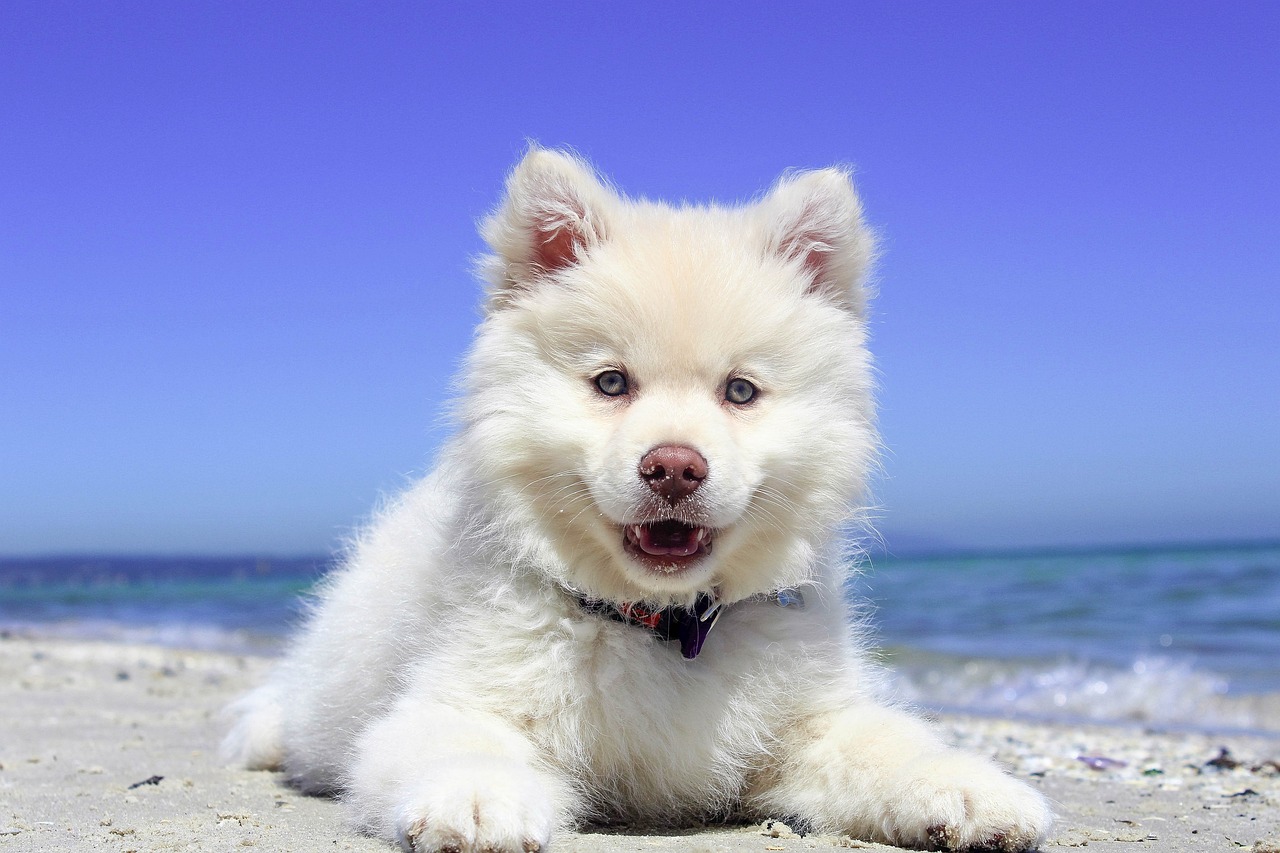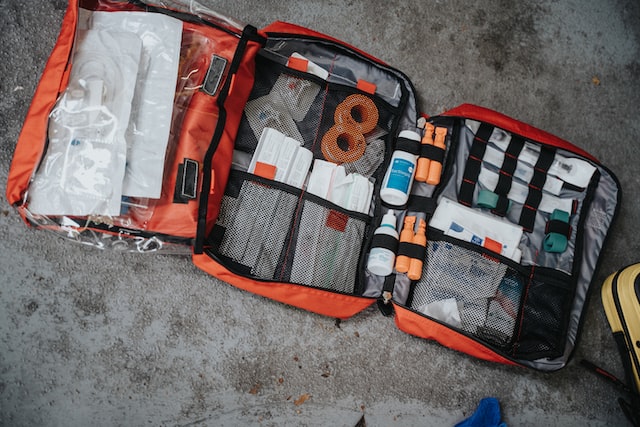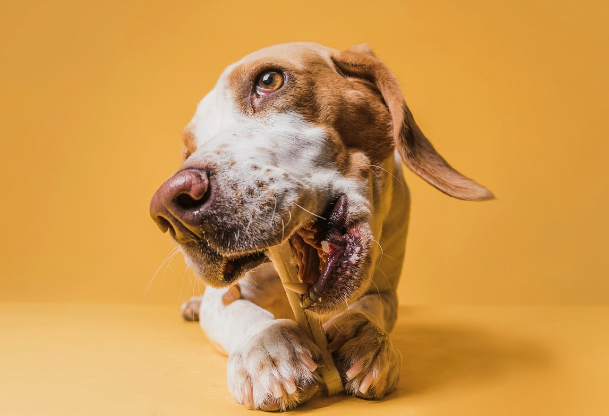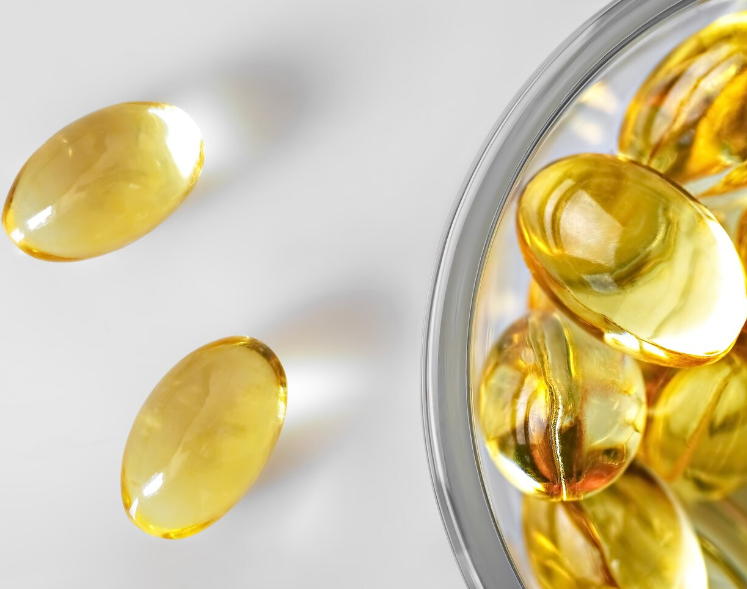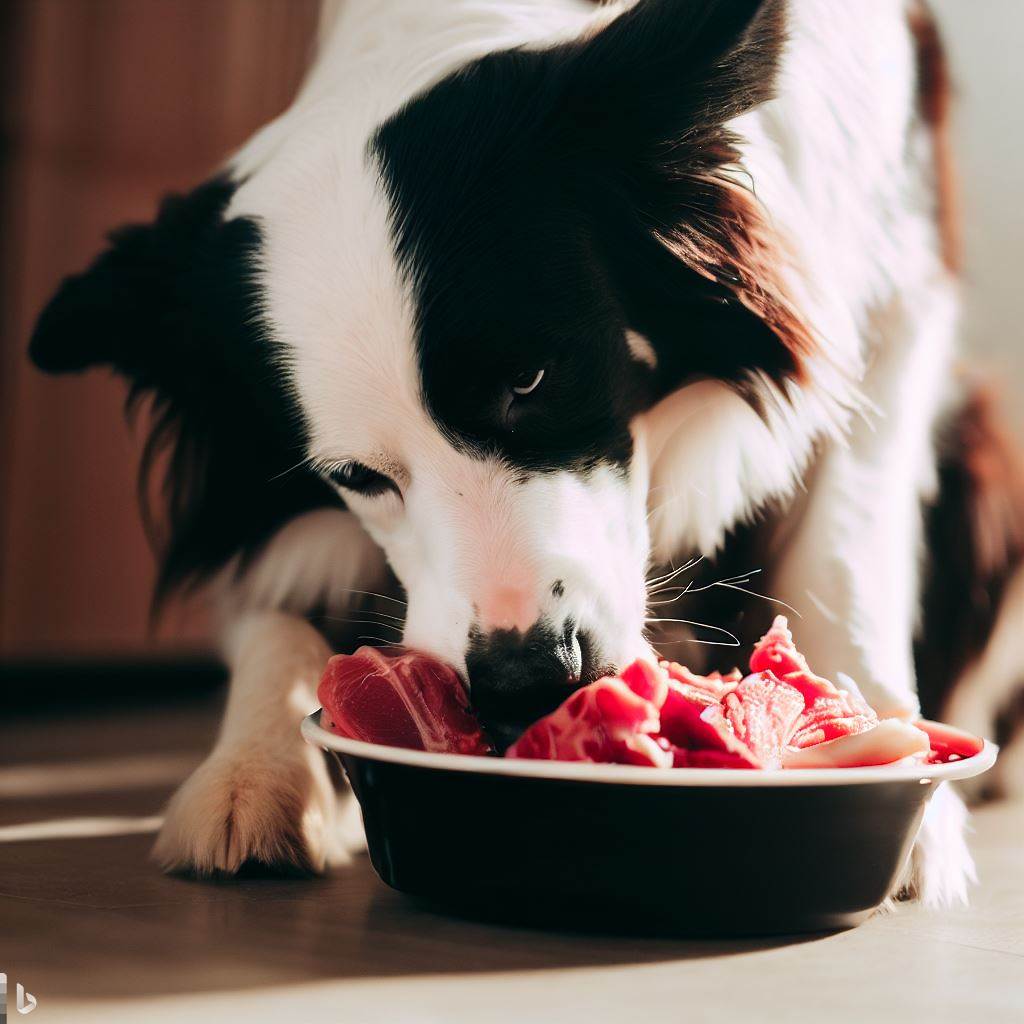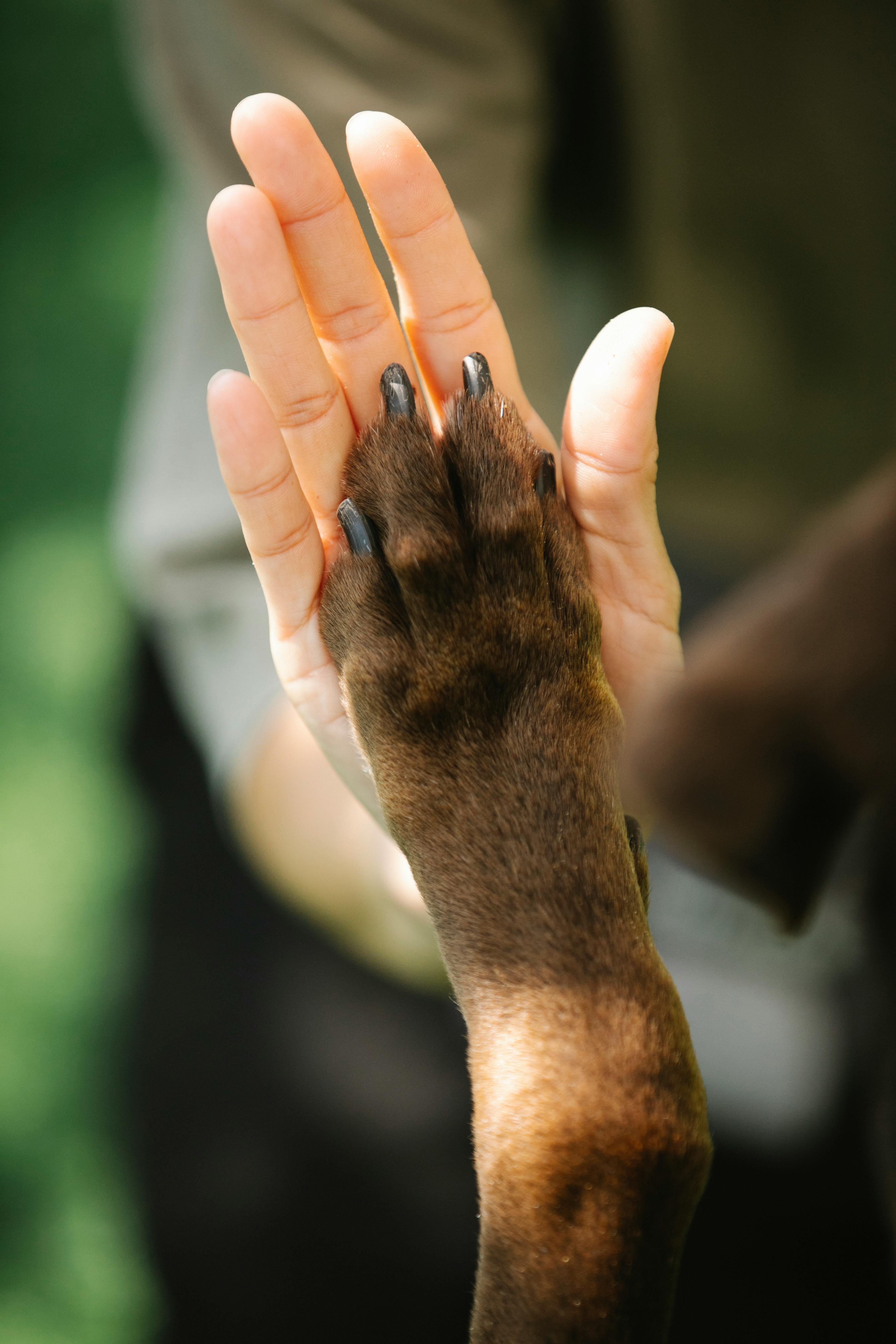
‘Proper skin care’ has become a motto for many people worldwide! Hydration, applying sun cream, getting enough sleep— there are thousands of videos and tips on the internet on how to properly care for our skin. While we delve into the depth of cosmetics, we should remember to properly care of our paw friends too!
Dog skin and paws are sensitive and need proper care, just as human skin does. Ensuring your doggo’s paws are moisture and healthy is particularly important in the summer, when heat records are often broken, and surfaces like asphalt and sand can become extremely hot. These extreme temperatures can cause your dog’s paws to dry out, crack, or even burn, leading to discomfort or pain.
Regularly moisturizing your furry friend’s paws is something you should always keep in mind, as it helps create a protective barrier, preventing dryness and reducing the risk of sunburn and inflammation.
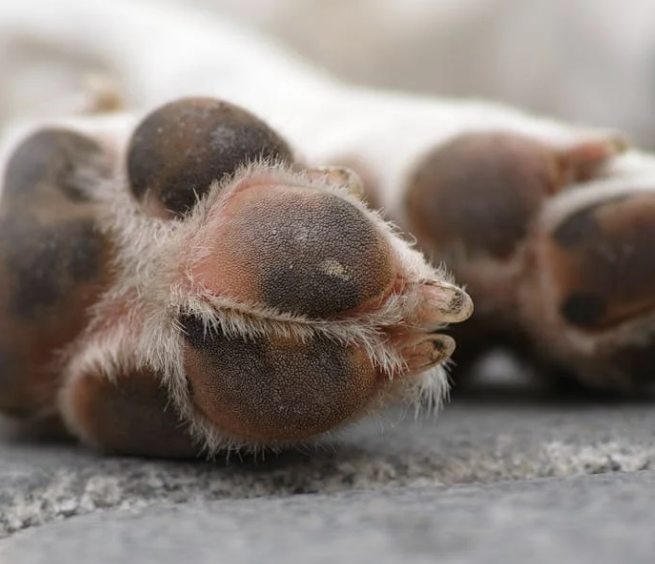
Signs of Dry / Damaged Paws
As loving pet parents, we should be able to recognize any signs of discomfort, pain, or changes in the behavioral patterns of our paw friends. This will help prevent any existing problems from exacerbating and more severe issues from developing in the future. In the context of dog paws’ health, there are several common signs of dry or damaged pas pads.
Cracks and Splits
Cracks and splits are the most obvious signs of dry paw pads. These can vary from small fractures to more significant splits.
Rough Texture
You should pay attention to any noticeable rough or flaky texture on the paw pads. Healthy paw pads should be smooth. A rough texture may indicate dryness or a lack of moisture.
Redness / Swelling (Signs of Inflammation)
Redness or swelling on the paws may indicate inflammation. It is important to look for visible signs of injury, any foreign objects that may be stuck in the paws, or abnormalities.
Gently clean the paw with mild soap and water if it’s dirty or contaminated, and consult with a vet on what treatment would be best for your dog. Avoid applying human-grade creams without prior consulting with a professional.
Excessive Licking / Chewing at the Paws
If your dog frequently licks or chews their paws, this behavior may indicate discomfort, itchiness, or dryness. Dogs usually display such behavior when trying to soothe their paw pads if they are dry and itchy.
Behavioral Changes
Sometimes, changes in your dog’s behavior, such as hesitation to play or
even walk, can
also signal problems with
their paws. You should
observe your paw partner for any deviations from their typical
behavior. If they seem to be avoiding activities they usually enjoy, they
may experience discomfort, and consulting
a veterinarian is advisable.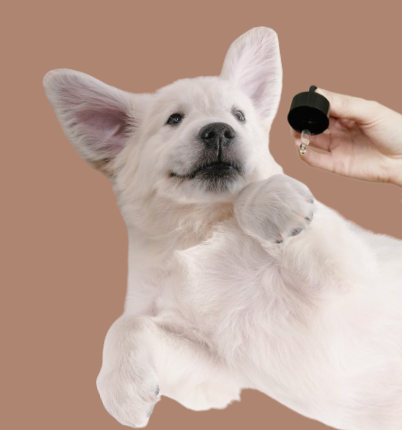
Why Moisturize Your Dog’s Paws?
Our furry friends' paws endure a lot—whether it is hot pavement, icy sidewalks, or rough terrains during outdoor adventures. Just like human skin, dog paws need proper moisturizing to remain healthy and not become dry, itchy, and cracked.
Prevent Cracking and Dryness
Dog paws are constantly exposed to various factors in the environment, as they are in regular contact with the ground. This constant exposure can cause their paw pads to dry out, which makes them rough and prone to cracking.
Cracked paws can not only be very painful to our dogs, making regular even regular activities like walking difficult, but also can lead to an increased risk of infections. This is because cracks can become entry points for bacteria.
If you moisturize your pet companion’s paws regularly, you contribute to their comfort and reduce the risk of bacteria entering their body.
Relief Properties
Similarly to humans, dogs can also experience irritation and discomfort due to dry or damaged skin. If their paws become cracked, this may cause significant discomfort, which, in turn, may lead to unwanted behaviors such as excessive licking or nipping at the paws. Biting and licking at their paws as attempts to alleviate the irritation can worsen the problem and cause further damage!
By regularly moisturizing your canine’s paws, you are helping calm their irritated skin. This contributes to faster healing of any existing damages and also helps prevent more serious health conditions from developing, e.g. infections and chronic wounds.
Better Protection
Regular moisturizing is not only helpful in addressing existing issues, but also in preventing potential ones from occurring.
By keeping your dog’s paw pads well-moisturized, you are enhancing their natural barrier against environmental factors like hot pavement, cold snow, and rough terrain. Also, they will likely become more resistant to pesticides and chemicals that can be found on roads, as well as more resilient to cracks and injuries.
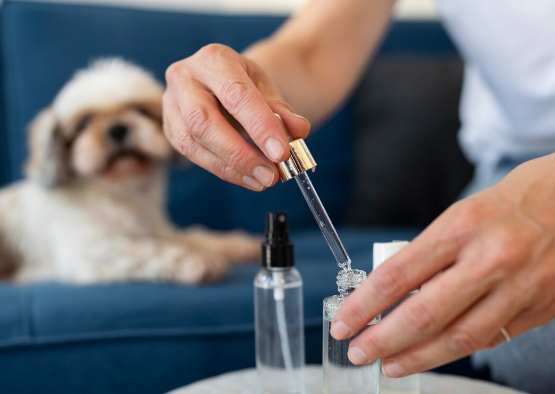
Choosing the Right Moisturizer for Your Dog
Understanding the need for moisturizing your furry friend’s paws is only the first step of the process. The next step is to learn about the various options to do that and choose the best one for your canine.
While it is natural to think that human-grade moisturizer could work for your dog too, it is essential to avoid using lotions and creams designed for humans on your doggo.
Human skin care products often contain ingredients like fragrances, dyes, parabens, and certain types of alcohol that can be harmful or even toxic to dogs if ingested. Since dogs frequently lick their paws, there is a high risk of ingesting the moisturizer you apply to their skin. Therefore, it is highly advisable to choose products that are specifically designed for dogs.
Paw Balms Designed for Dogs
Pet-specific paw balms are made of ingredients that are safe for dogs, even if ingested. These products are free from harmful chemicals while offering protection and soothing relief for your dog's paws. Regular use can prevent irritation and keep your dog’s paws healthy, soft, and comfortable.
Look for balms that include natural, nourishing paw-friendly ingredients like beeswax, shea butter, and coconut oil. Beeswax provides a protective barrier on the paws, helping to keep moisture, while shea butter and coconut oil offer deep hydration and have anti-inflammatory properties that can help heal cracked or irritated skin.
Veterinary-Approved Products
Moisturizers that are recommended by veterinarians have been tested for both safety and effectiveness. They are specifically designed to address common issues in dog paws such as dryness, cracking, and irritation, and are formulated to work well with a dog's natural skin pH balance.
An obvious advantage of choosing a veterinary-approved product is knowing that you are using something that is both safe and beneficial for your dog. These products may also have additional benefits like antibacterial or antifungal properties. These properties can be particularly helpful to dogs prone to infections.
Home-Made Products
Creating a paw balm for your beloved furry friend is another way to go. It is crucial to use natural ingredients like coconut oil, olive oil, and beeswax. DIY options allow you to customize ingredients to maximize the positive effect. For example, you might add a drop of vitamin E oil or lavender oil. However, make sure to use them in moderation, as they can be toxic to dogs if used in high concentrations.
If you decide to proceed that way, please make sure to use only pet-safe ingredients and consult a veterinarian for advice if you have any doubts. According to the VCA Animal Hospitals: “Many liquid potpourri products and essential oils, including oil of cinnamon, citrus, pennyroyal, peppermint, pine, sweet birch, tea tree (melaleuca), wintergreen, and ylang ylang, are poisonous to dogs. Both ingestion and skin exposure can be toxic”.
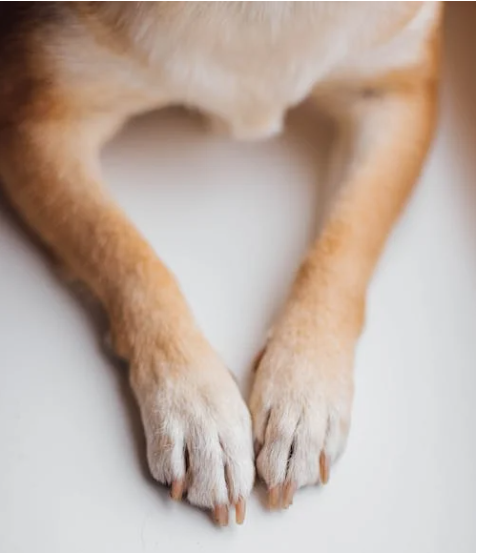
How to Apply a Moisturizer to Your Dog’s Paws?
Choose a Suitable Area at Home
Before applying any moisturizer, make sure your dog feels comfortable, as this will help them associate the process with a positive experience.
We recommend choosing a quiet area at home without distractions. Also, having your paw friend’s favorite treats handy will be useful! You might want to reward your pup for remaining calm and showing the wanted behavior.
Check Your Dog’s Paws
It is important to inspect your dog’s paws for any cuts, abrasions, or foreign objects that may be stuck. If you notice any injuries, you should address them first prior to applying moisturizer.
Clean Your Dog’s Paws
Gently wash your dog’s paws with lukewarm water and a mild, pet-safe soap to remove any dirt and debris. Then, you should dry them thoroughly with a soft towel. Remember to be gentle and reward your dog pup for being well-mannered.
Apply the Moisturizer
The next step is to apply the bought/made moisturizer by starting with a very small amount. You can use your fingers, a clean piece of clothing or a pet-friendly applicator. Apply a thin layer to your dog’s paw pads and avoid getting the product between their toes.
Massage the Moisturizer
Gently rub the product into the paw pads using gentle, circular motions. This will help ensure even coverage and will also improve absorption. With that being said, please wait for a few minutes to let the moisturizer absorb fully.
Monitor Your Dog
Observe your dog and make sure they won’t ingest the moisturizing product. You might consider using protective shoes or a cone for your pup if needed.
Regular Maintenance
Keep in mind that consistency is key to maintaining healthy paws, therefore it is important to establish a routine. Try applying a moisturizer regularly— usually no more than once or twice a week, however, this depends on your dog’s needs.
Moisturizing your dog's paws is a simple but effective way to ensure their comfort and well-being. By using the right products and maintaining a regular care routine, you can help protect your furry friend from the discomforts of dry and cracked paw pads.



